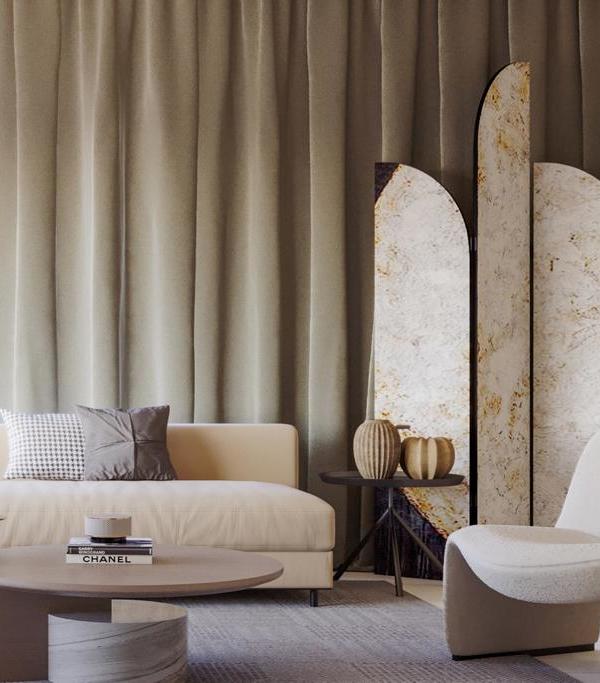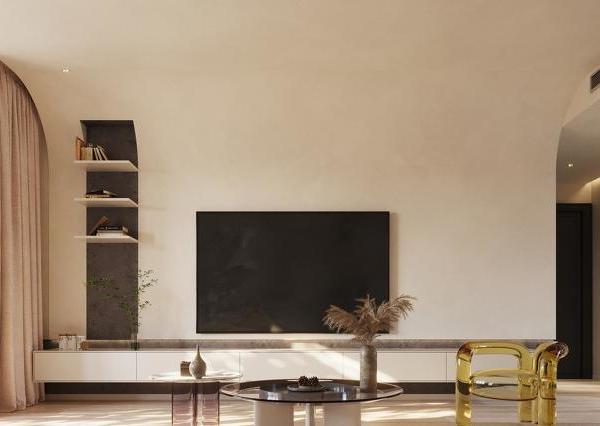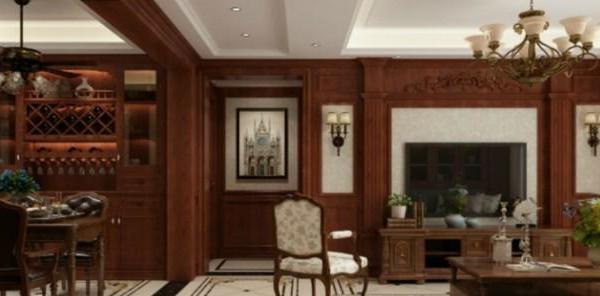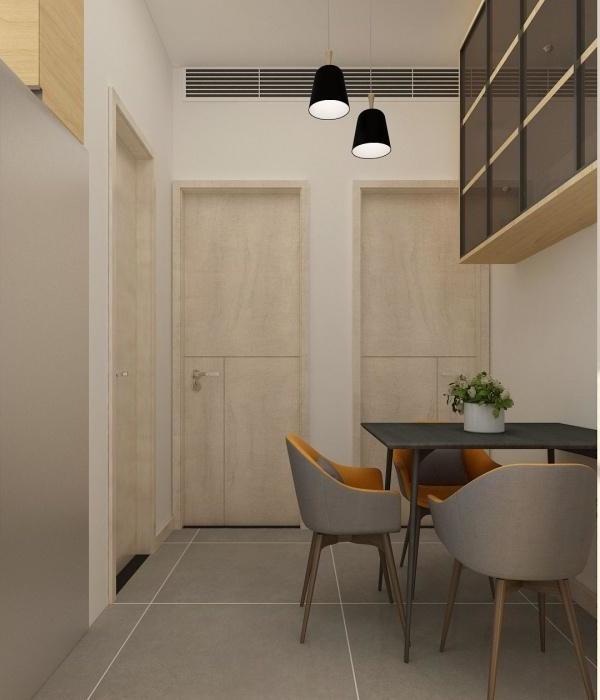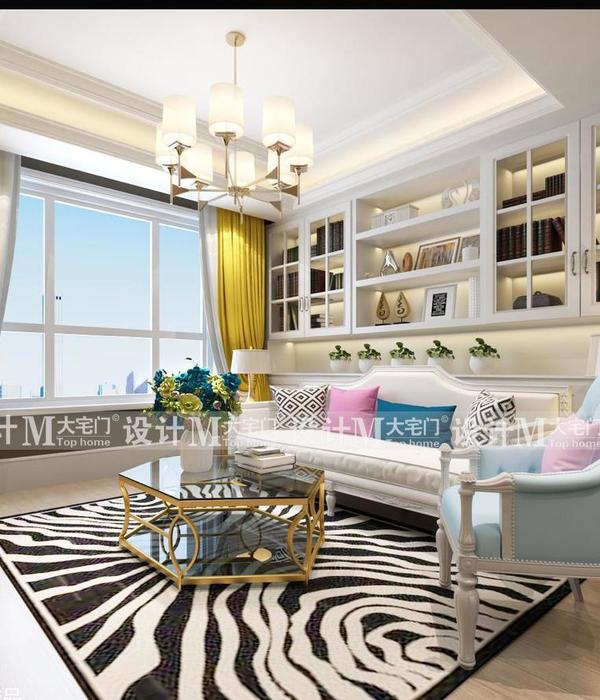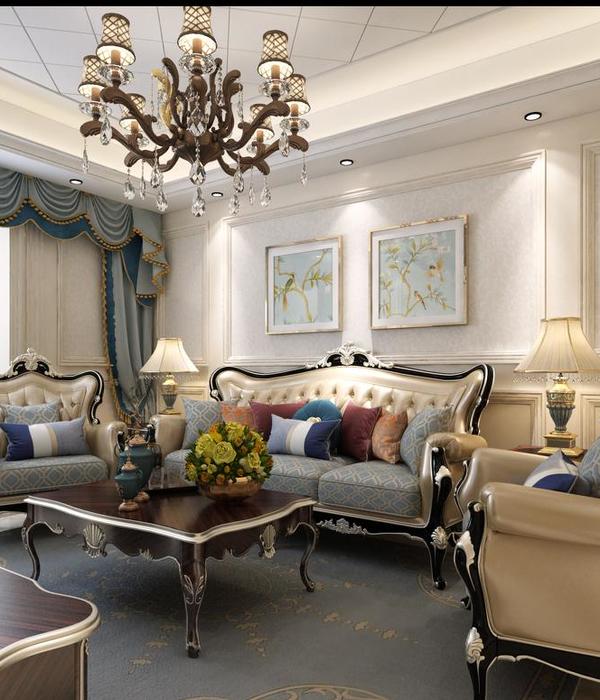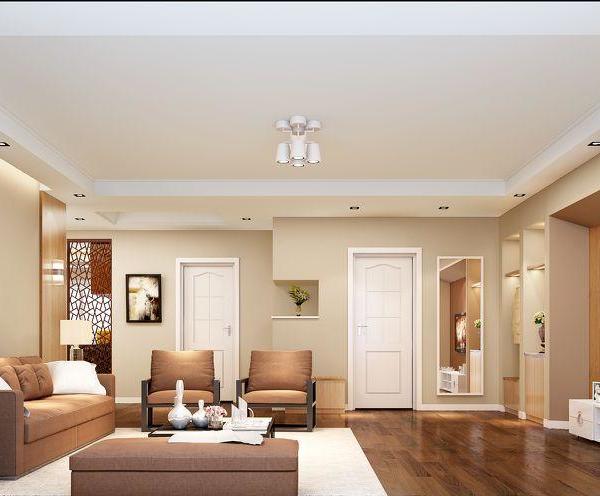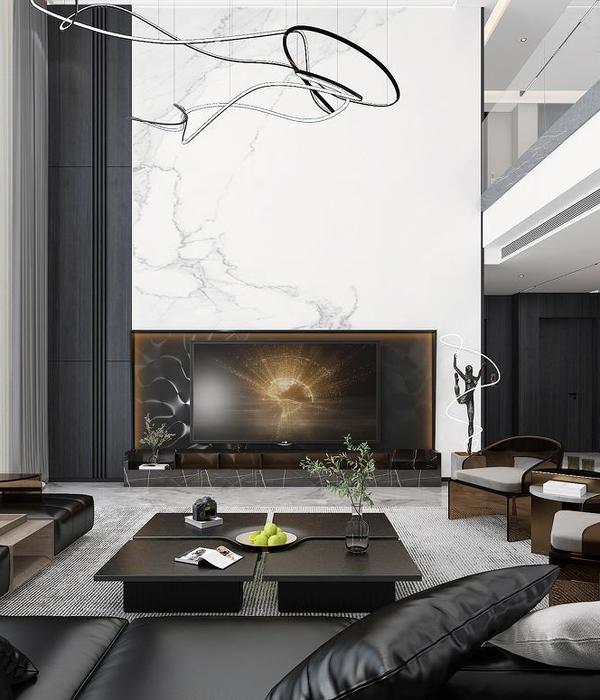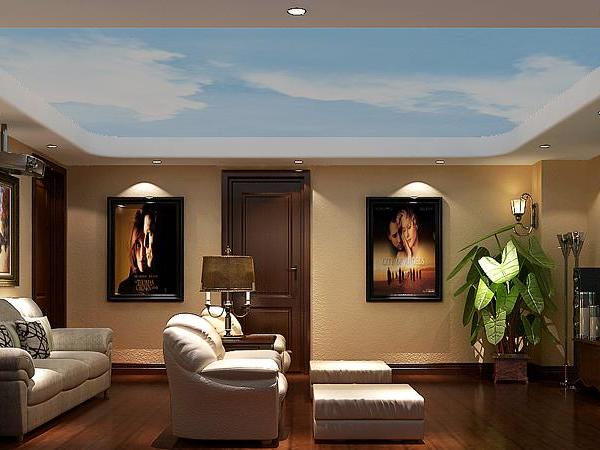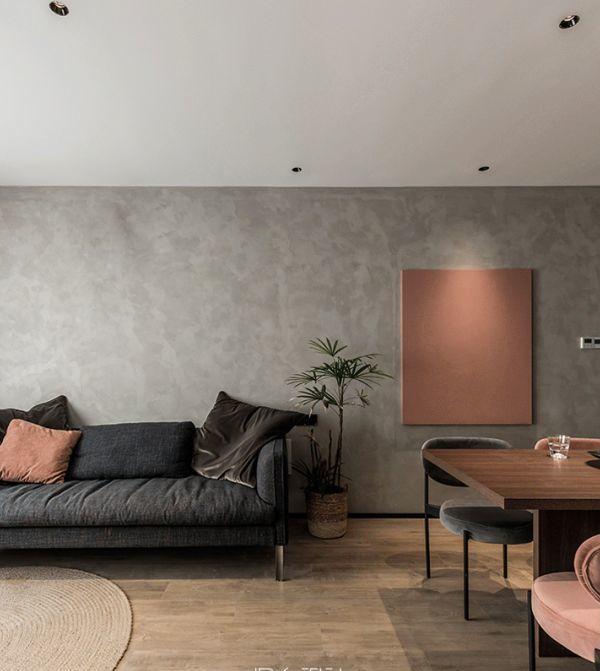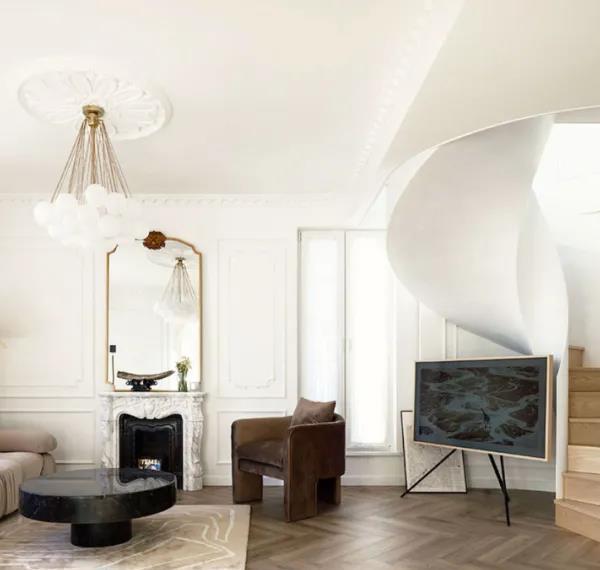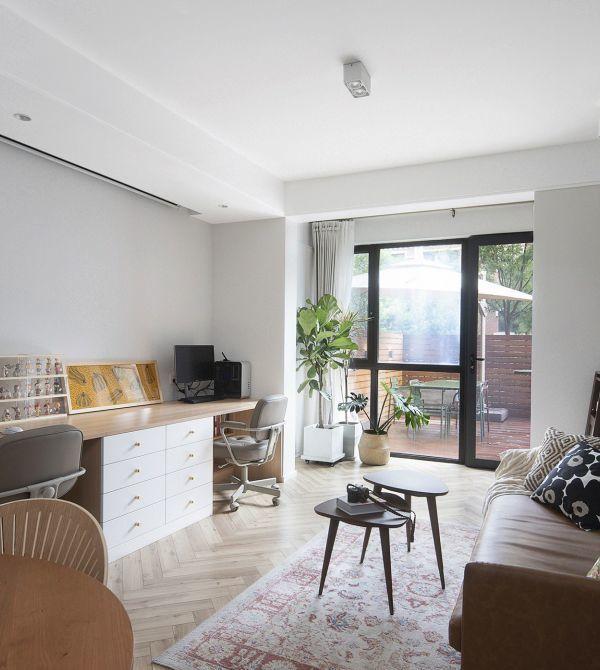该地块位于日本爱知县的刈谷市,周边有许多汽车制造企业的附属公寓,同时也有许多由于绿色土地法而保留下来用于耕作的农田和农场。业主在这个地区生活了很多年,一直是这几个地块的土地所有者。
▼项目概览,overview
The site is in Kariya city, Aichi Prefecture in Japan, and there are many apartments to the concentration of affiliated companies of major automobile manufacturers in the surrounding area. On the other hand, many green spaces and fields like farm left for development by the Green Land Law remain. The owner has lived in this area for many years and has long been a landowner who owns this site and many others.
▼建筑周围丰富的绿地和农田,many green spaces and fields like farm left for development by the Green Land Law remain in the surrounding area
▼建筑外观,exterior view
当在农村地区建造新住宅时,通常会考虑到停车场的位置。在这一拥有高结婚率和高收入的地区,拥有两个停车场的家庭十分普遍。首先在沿道路方向规划好一个大型沥青停车场,然后剩余的土地用来建造建筑物。建筑师认为以这样的建造模式,会在相邻的绿地和田野中央出现大面积阴影区域,它既对生态系统不友好,也对在该地区生长生活的人不利。在该项目中,为了保护生态系统的连续性,减少对环境的影响,建筑师提出了另外一种建设方法:在现有地块的绿地之上建造建筑。
▼为避免对环境的影响,建筑被架高建在现有绿地之上,a construction method to maintain the continuity of the ecosystem and keep the impact on the environment small when building rental housing in a local city where production green areas remain
When we build a new apartment in a rural area, we think about parking space. Around this site, where household income and marriage rates are high, two parking lots are common to each home. In the surrounding apartment, first, a large asphalt parking space was planned along the front road, and a building was planned in the surplus area inevitably. By such a construction method, a big shadow fell in the adjacent green space and the field, and we felt that it was also negative to the ecosystem including the human being who was brought up there. In this project, we propose a construction method to maintain the continuity of the ecosystem and keep the impact on the environment small when building rental housing in a local city where production green areas remain.
▼架高的建筑产生底层停车空间,parking space on the ground floor
▼建筑被分解成架高的体块单元,the necessary rooms of the apartment were broken up into each room
为保护场地绿地生态系统,公寓的基础房间首先被分解成单个漂浮在空中的独立体块,漂浮体块依靠结构支撑整体高出地面,各房间围绕楼梯间相连。设计尽量减少地面支撑柱的数量和重量,因此支柱类似花园的植物杆茎一样轻薄。建筑师根据生物规律设计了依循高度条件变化的支柱直径,如同树干随着植物高度的增加而变粗变厚一样。建筑物整体将统一规划的4个单元体块连接起来,同时进行旋转或反转,以增加经济性和合理性。此外,规划设计遵照了当地日照条件和周围景观。使用相同材料建造建筑的屋顶和外墙,因而建筑物形成了一种重叠森林般的意象。不规则的形状将居民的生产与生活以及动植物生态系统频繁地联系起来,使建筑融入到周围的生态中。生态系统方面的干预为住宅的租售带来了额外的价值,包括对周边噪音问题的解决以及提供带荫蔽的停车空间等。
▼轻质的支撑柱类似花园植物的杆茎,the pillars were made as thin as the planting stems of the exterior garden
▼不规则的形状将居民的生活与种植以及动植物生态系统频繁地联系起来,使建筑融入到周围的生态系统中,the uneven shape mixes the life of the resident with planting and animal ecosystems equally, and dissolves in surrounding ecosystems
▼使用相同材料建造建筑的屋顶和外墙,by building all the roofs and outer walls with the same material finish, this group of buildings is planned to form a forest with overlapping leaves
▼入口处,the entrance
Specifically, the necessary rooms of the apartment were first broken up into each room. And by rejoining them while floating in the air, we tried to open the ground surface and secure the terrestrial ecosystem from the adjacent production green area. Each room floated in the air cannot stand on its own, but it was structured so that each dwelling unit supported each other around the staircase room. As a result, the number of pillars falling to the ground was reduced as much as possible, and the pillars were made as thin as the planting stems of the exterior garden. We plan based on biological rationality to choose the most suitable pillar diameter depending on condition so that trunk becomes thick as the height of plant becomes taller. The whole is connecting the 4 units of the same plan while rotating or reversing to increase the economy and rationality. In addition, we made a layout plan based on sun conditions and the surrounding environment. By building all the roofs and outer walls with the same material finish, this group of buildings is planned to form a forest with overlapping leaves. The uneven shape mixes the life of the resident with planting and animal ecosystems equally, and dissolves in surrounding ecosystems. Operation to ecosystem including human beings leads to improvement of value as rental housing including solution to noise problem with neighboring door and securing of covered parking.
▼餐厅空间,living room
▼卧室,bedroom
▼各房间围绕楼梯间相连, each dwelling unit supported each other around the staircase room
▼夜景,night view
▼平面图,floor plan
▼剖面图,section
Location: Kariya Aichi, Japan
Main use: Apartment
Structure: Wooden (partly steel)
Site area: 453.97 m2
Building area: 103.33 m2
Total floor area: 174.43 m2
Design period: October 2016 – September 2018
Construction period: October 2018 – June 2019
Structure: Fujio and associates
Construction: Toyonaka Construction Co., Ltd.
{{item.text_origin}}

